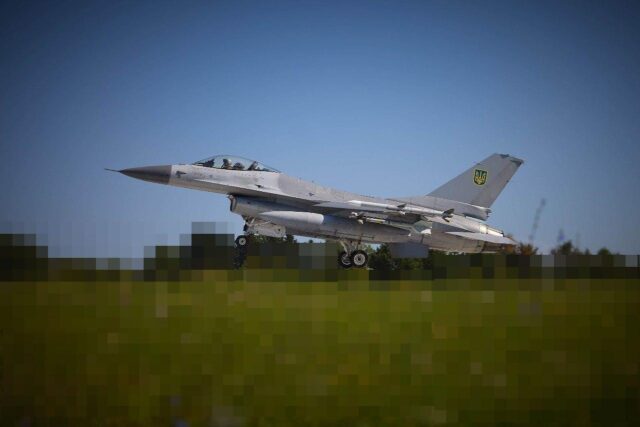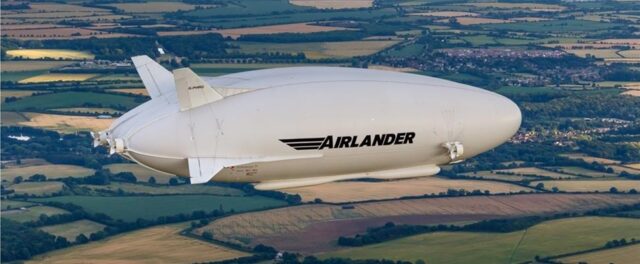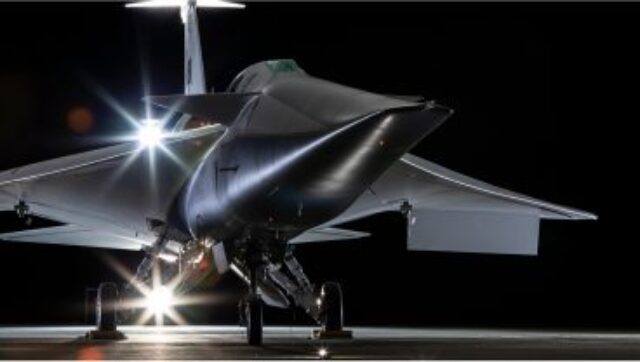‘Robust regulators are vital to maintain aviation industry’s incredible safety record’
Safety is undoubtedly the top priority for the aviation industry and as a result the role of the conscientious and challenging regulator is critical, writes Alan Peaford MBE, editor-in-chief at FINN.…

Safety is undoubtedly the top priority for the aviation industry and as a result the role of the conscientious and challenging regulator is critical, writes Alan Peaford MBE, editor-in-chief at FINN.
More people fear air travel above all other forms of transport, and yet the air transport industry itself has an incredible record that would be envied by those in other industries.
IATA has just released its safety figures for 2022 and, as ever, they are fascinating.
I always love these particular statistics. They open the way for a great question at the pub. “Statistically, how many daily flights would you have to take before experiencing an accident?”
The answer is usually between one and two years. In fact, according to IATA you would need to fly for 2,263 years before experiencing an accident.
Aviation safety record
Overall, there was one accident for every 826,088 flights. There were five fatal flights in 2022 – two fewer than the previous year – and over the past decade the industry has improved its overall safety performance by 48%.
But while we all understand that one accident is one too many, we also know that each and every incident receives a phenomenal amount of attention from media, governments and the public.
I remember once sitting in a hotel in Asia watching the news when footage of my local regional airport in the UK came up. A student pilot had tragically died in a loss of control incident in a two-seater Cessna 152. It was a tragedy of course. But was it in the public interest in Asia. After all, every motorbike fatality doesn’t make headline news around the world (I guess being 3,000 more times likely to be killed isn’t a talking point).
But that pressure for every cause and every effect to be investigated, analysed, reported and actions demanded, is what drives our regulators and accident investigators.
The regulators know that future safety is in their hands. It is why the scandal of the Boeing Max accidents was so great. The control of the safety regulation must be with the regulator, independent of influence by either governments or corporations.
Once there is doubt then confidence in our industry could plummet – and endanger the entire future of air transport.
Autonomous cars
You only need to look at what happened to autonomous cars.
In May 2018, when Arizona resident Elaine Herzberg was killed in the world’s first autonomous vehicle fatality, confidence was at an all-time high.
From British Chancellor Philip Hammond through to Elon Musk, leaders were telling us that robo-taxis and other autonomous vehicles would be on the roads within a couple of years, cutting congestion and delivering a big boost to road safety.
That Arizona accident demonstrated that no matter how smart machine learning is, mixing robots with humans as cars made the journey towards full autonomy was going to prove a real challenge.
The accident – and subsequent public doubt – led to some programmes being cancelled, drops in funding and a more cautious approach to testing.
Advanced air mobility
Our regulators are again under pressure to push the envelope. The issue at many of the advanced air mobility event is how can regulators speed up the process.
Governments want the wins that a successful advanced aircraft introduction will deliver for their net zero ambitions; Investors who have piled millions into start-ups and other innovators with eVTOL visions want to see their capital injections rewarded, rather than buried in red tape; the innovators want fame and fortune, and of course we the travelling public really do want them to succeed and deliver us low cost, zero emission, fast futuristic air travel that will take us from point A to point B safely.
It will take just one human fatality to push that vision back. And it is our regulators aiding the innovators towards certification that are tirelessly ensuring that what they are being told is correct and what they are testing is doing exactly what is promised.
The Sustainable Skies event, being held at Farnborough in April, will see organisations like the CAA and FAA, along with government and industry coming together to mull over the issues. I look forward to seeing those discussions about new fuels, new aircraft and new thinking – but remain confident our regulators will firmly keep their eyes on the core belief.
I have been involved recently (over the best part of a year) with our UK CAA. I would have loved things to have been fast-tracked. But actually, on reflection, the time taken meant that the end result delivered a much safer result. Safer for me, and for the public.
The current debate about single pilot operations on airline operations is another case in point.
Technology
Pilots are expensive (airlines don’t really like them much, they complain a lot and are demanding) but when you are sitting in the back of your A380 or 777 you are pleased they are there.
Airlines could significantly reduce overheads, and of course with the ongoing severe pilot shortage predicted to climb close to 260,000 over the next decade, some of the big hitters have proposed a single pilot with AI support could be a solution.
Rightly, both European Union Aviation Safety Agency (EASA) and United States’ Federal Aviation Administration (FAA) have launched investigations.
Technology – plus a way of mitigating pilot fatigue – is vital if this solution is going to have legs.
So in the end, whether it is autonomous air taxis; new operating procedures, advanced air vehicles powered by hydrogen, waste products or the air itself, the regulators need to make sure that while flying is 15 times safer than walking right now, it remains so in years to come.
Subscribe to the FINN weekly newsletter
















